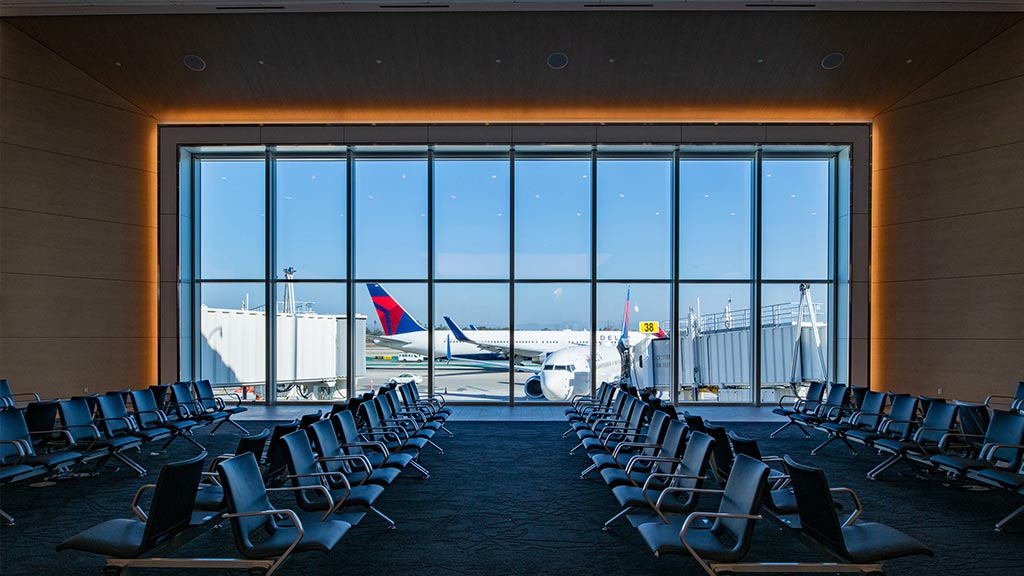Aviation
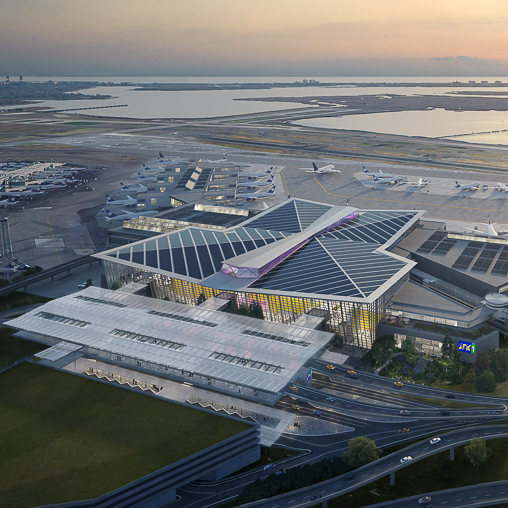
New Terminal One at JFK International Airport
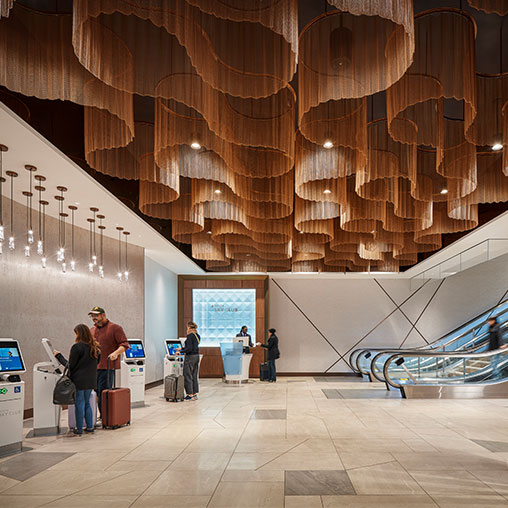
Delta Sky Club at LAX
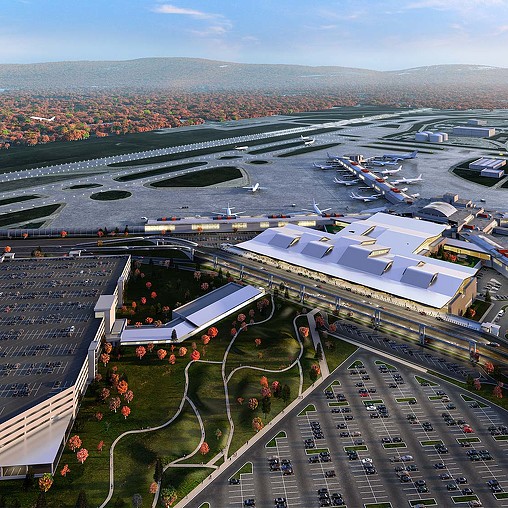
Pittsburgh International Airport
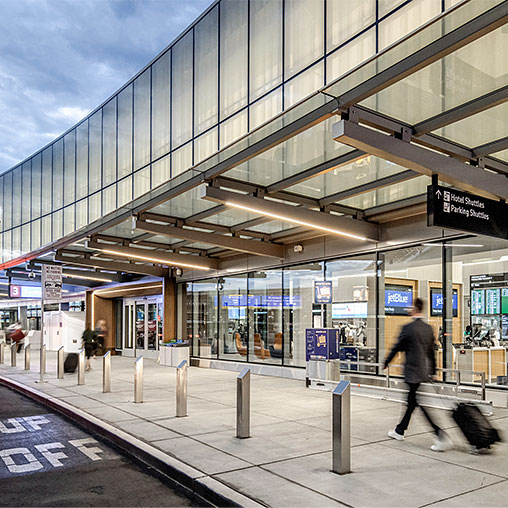
San Francisco International Airport, T1 Net Zero Program
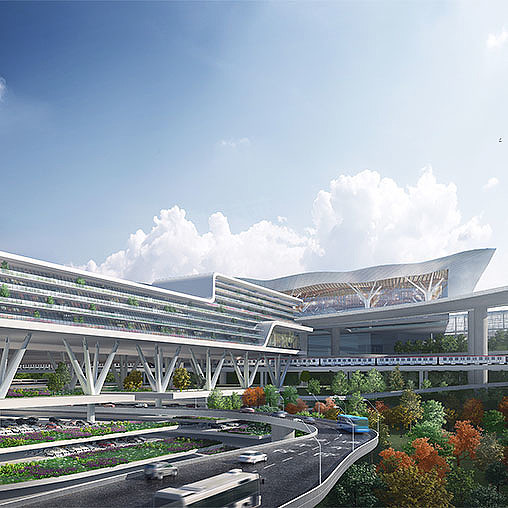
Kunming Changshui Airport
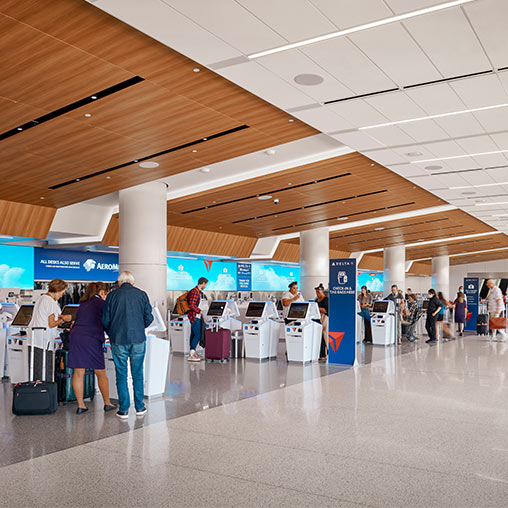
Delta Sky Way at LAX
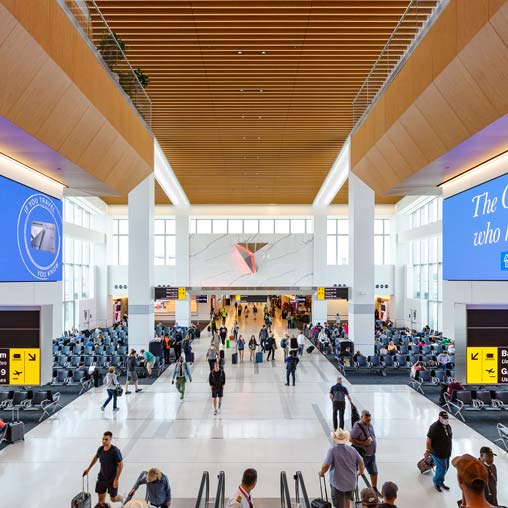
Delta’s Terminal C at LaGuardia Airport
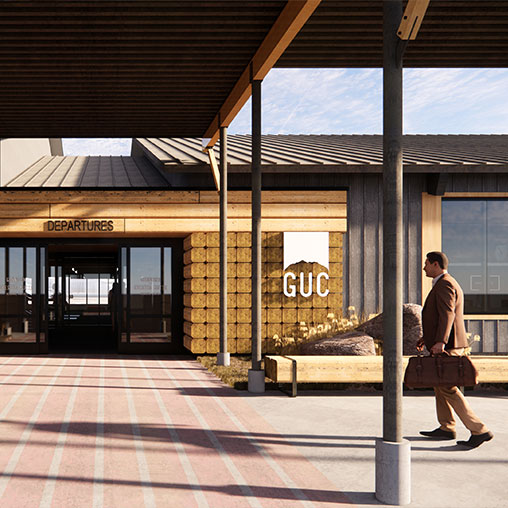
Gunnison-Crested Butte Regional Airport
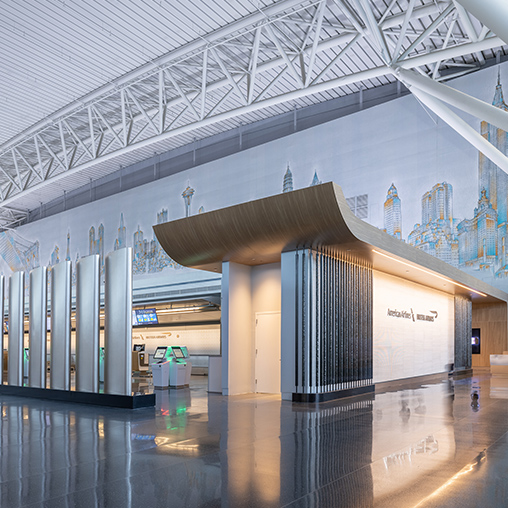
American Airlines & British Airways Premium Experience at JFK International Airport
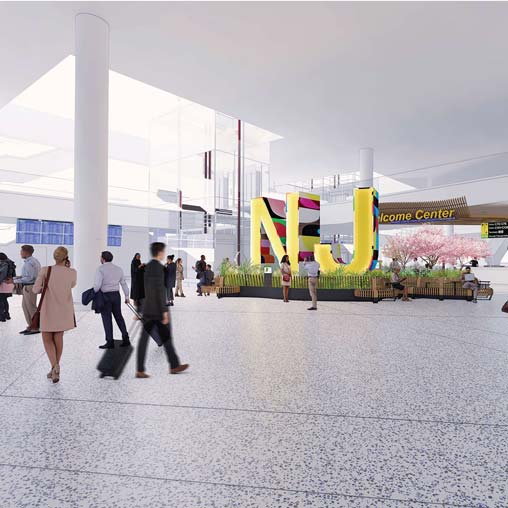
Terminal A at Newark Liberty International Airport
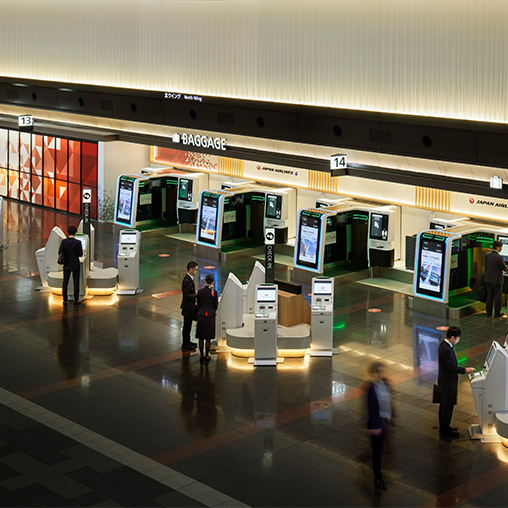
Japan Airlines Check-In Area
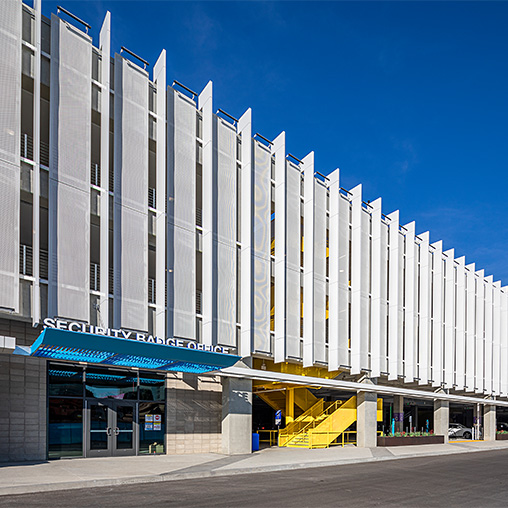
LAX Intermodal Transit Facility West
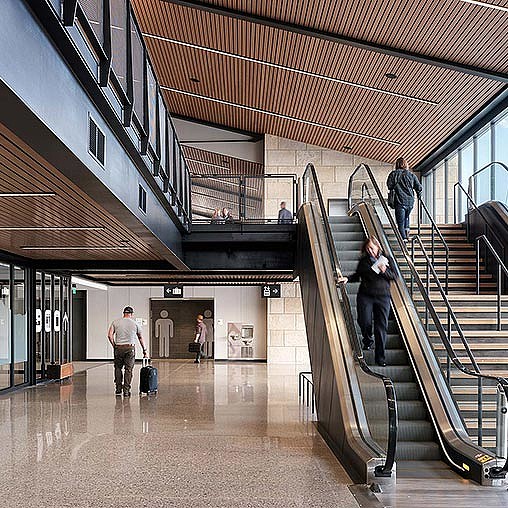
Eagle County Regional Airport
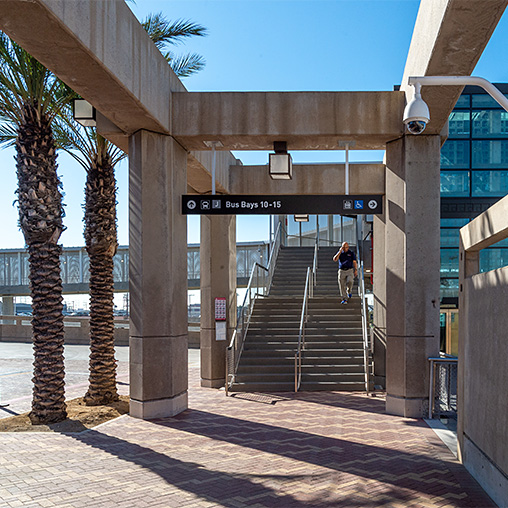
Union / Patsaouras Plaza Busway Station
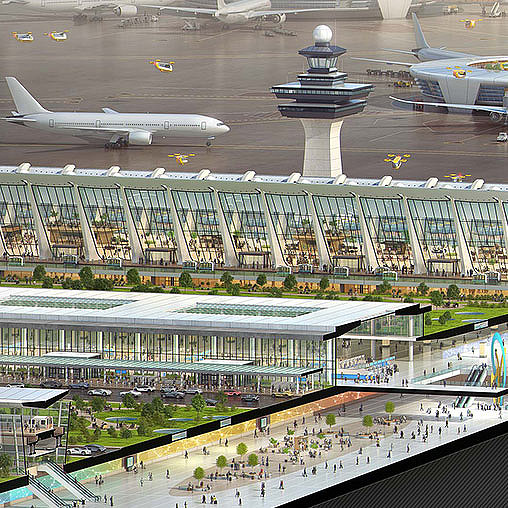
A New Dulles Airport: Reimagined for a Post-COVID World
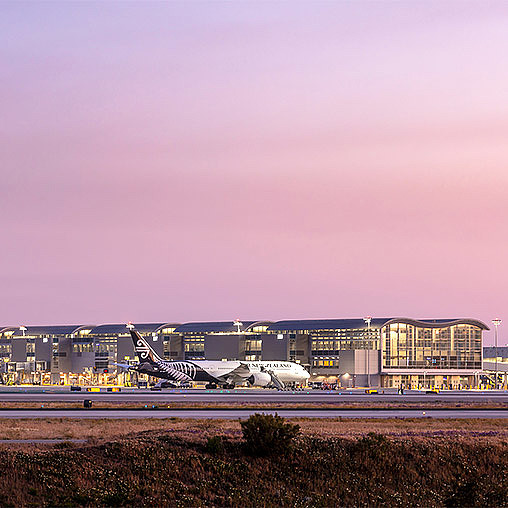
LAX West Gates at Tom Bradley Terminal

San Diego International Airport, Federal Inspection Services Facility
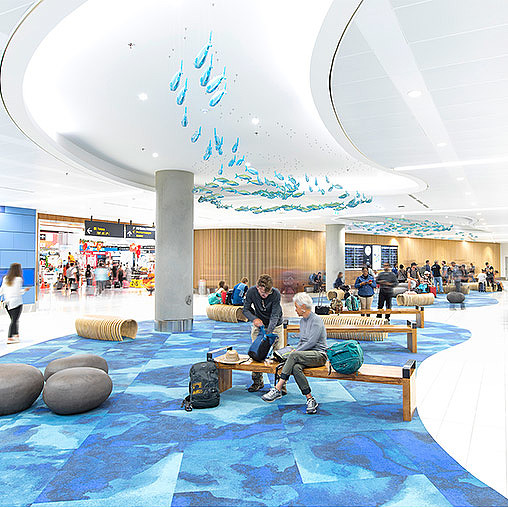
Auckland International Airport Terminal Expansion
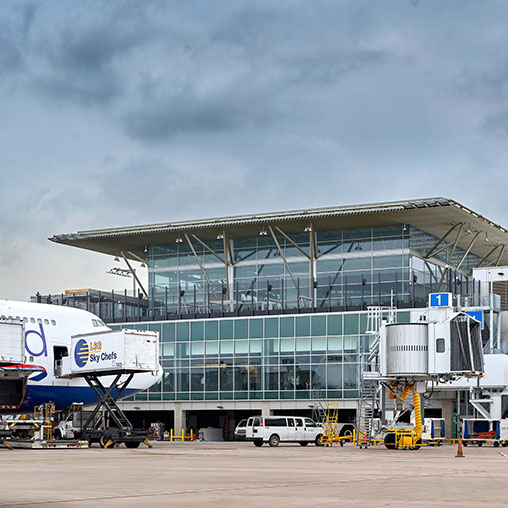
Austin-Bergstrom International Airport Expansion
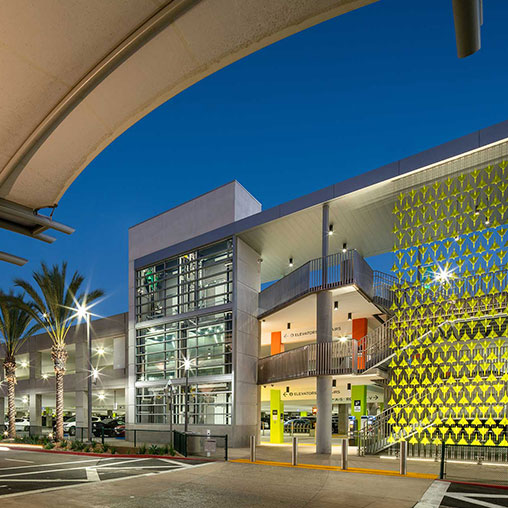
San Diego International Airport, Terminal 2 Parking Plaza
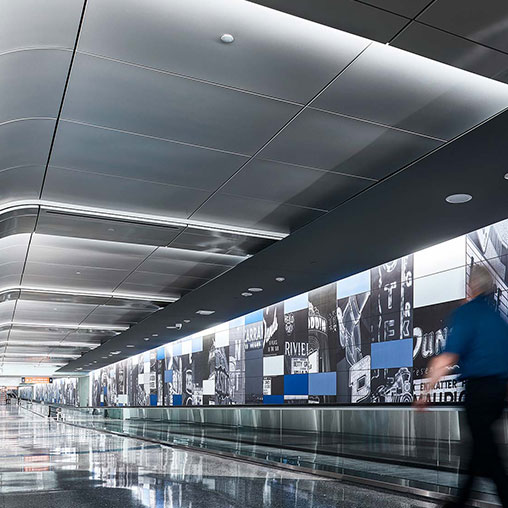
McCarran International Gates Expansion

Incheon International Airport
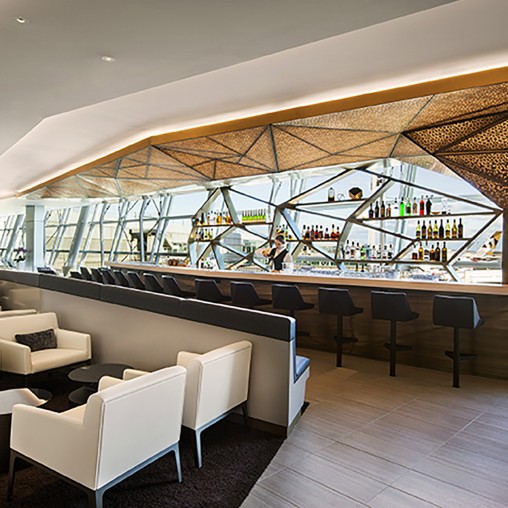
Etihad Flagship Lounge, JFK International Airport

Air New Zealand Lounges
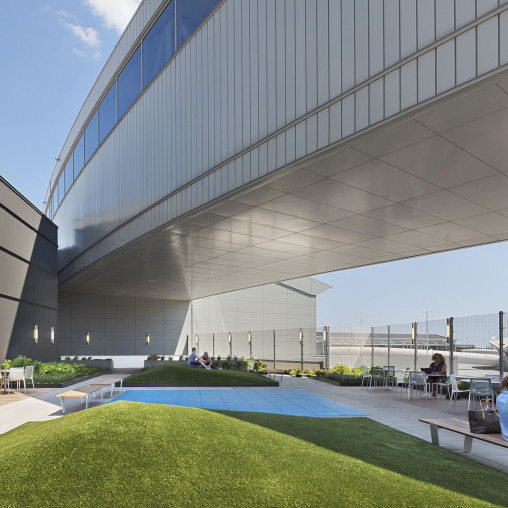
JetBlue JFK, T5i/T5 Expansion
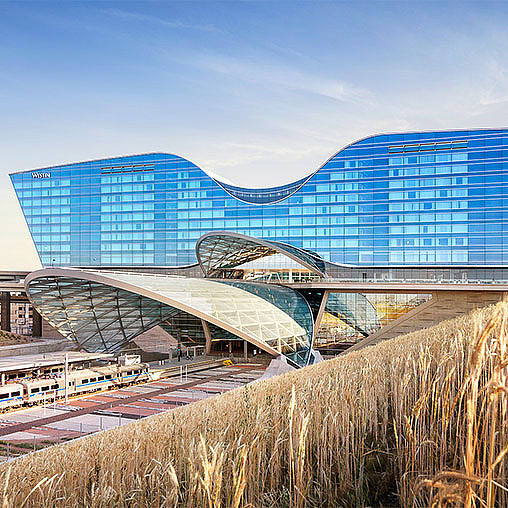
Westin DEN Hotel and Transit Center
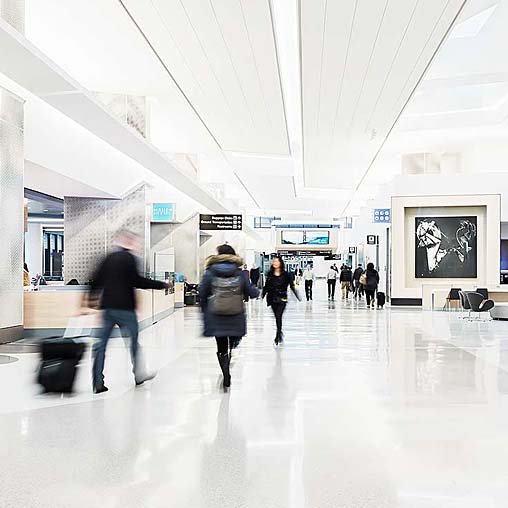
San Francisco International Airport, Terminal 3, Boarding Area E
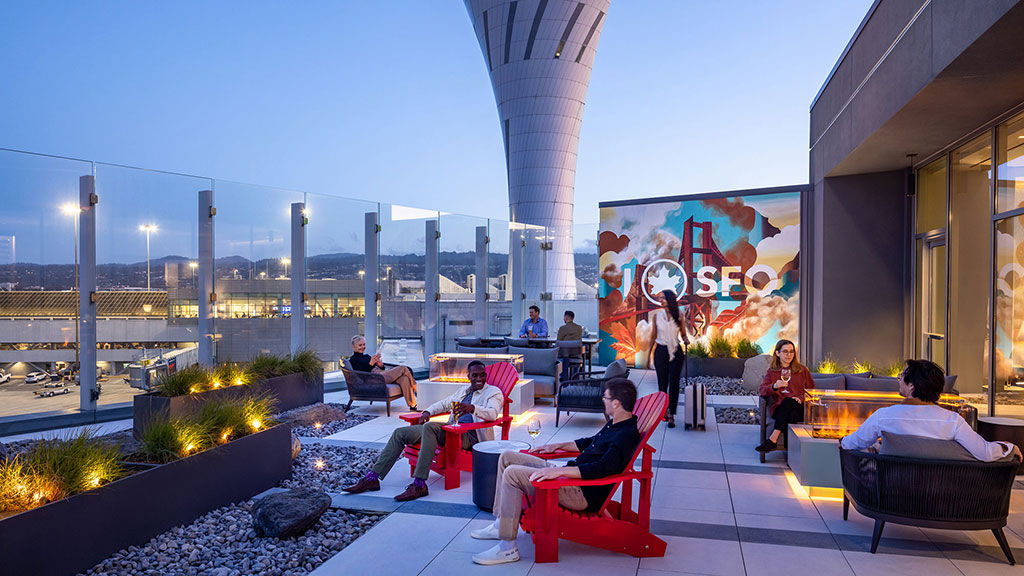
Elevating the Retail Experience: 4 Lessons From Airport Lounge Design
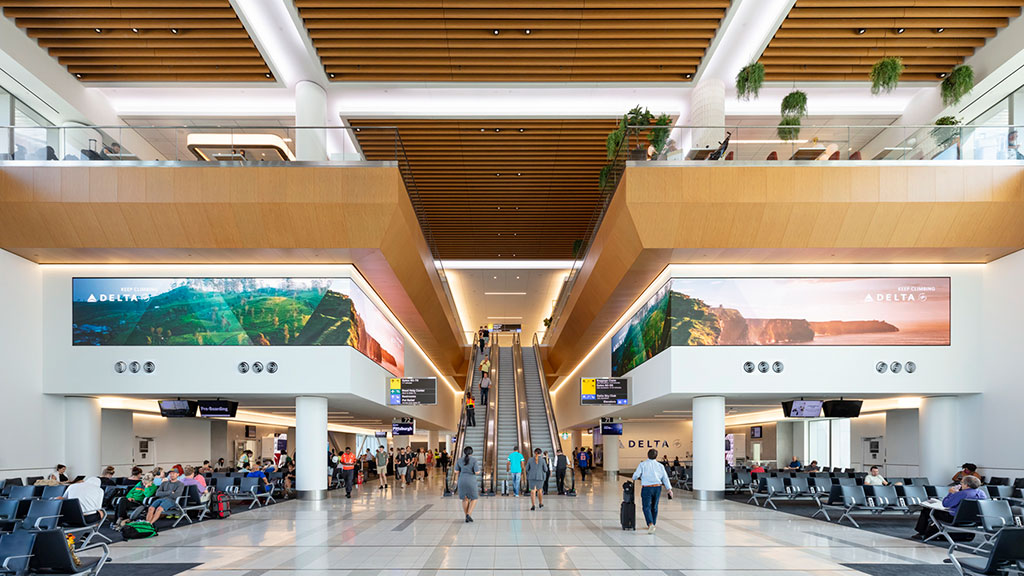
What Airports Can Learn From Work, Sports, Healthcare, and Retail
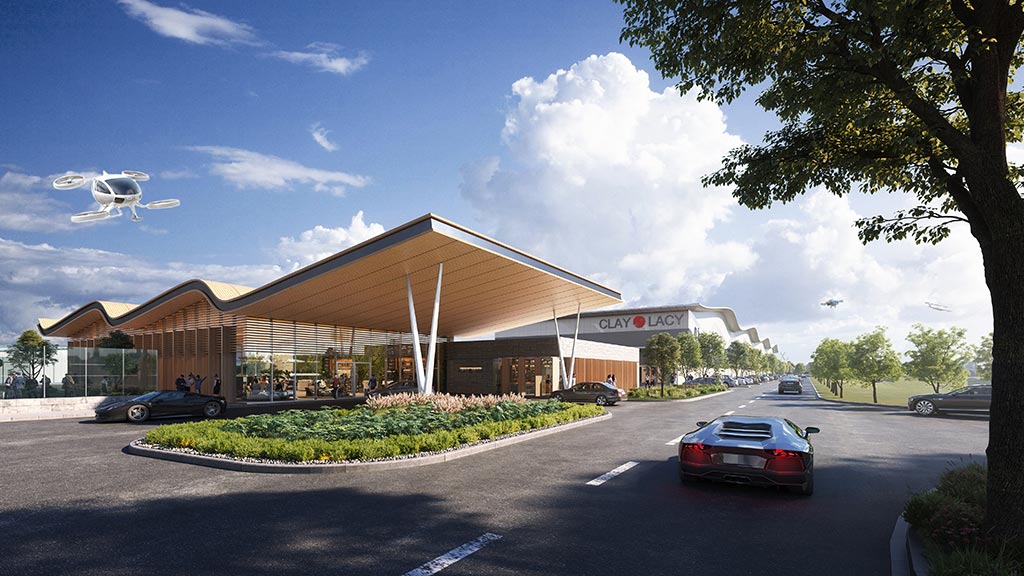
Fixed Base Operators: A Gateway to eVTOL Takeoff
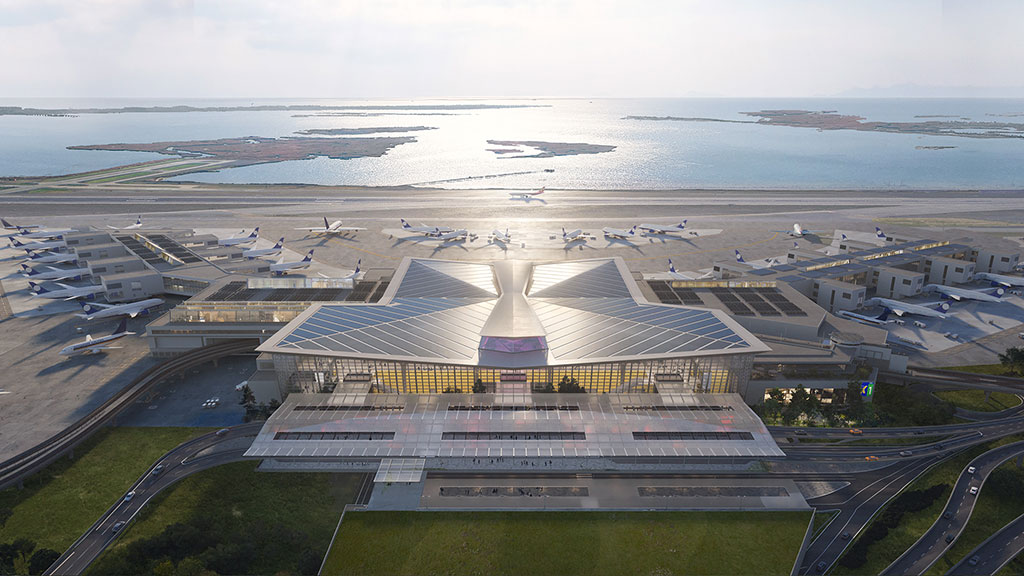
Reinventing the Airport as an All-in-One Facility
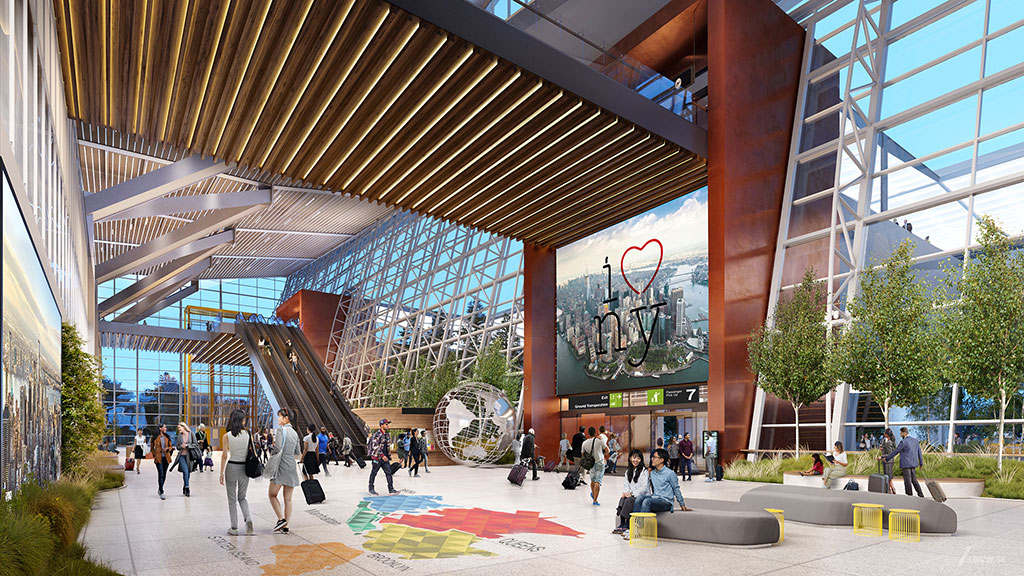
Why Airports Must Create a ‘Place of Sense’ to Engage Travelers
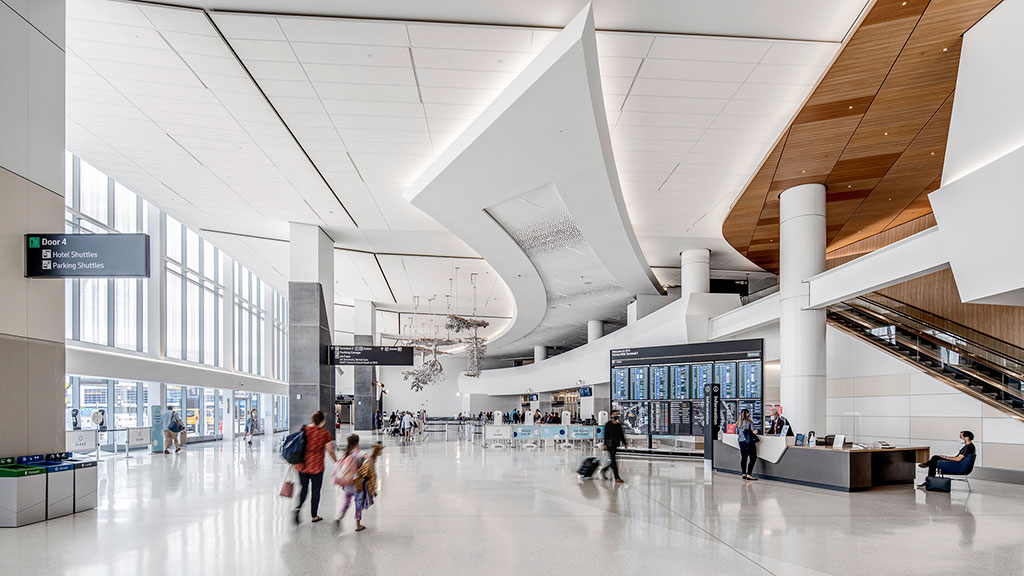
The Future of Travel? Start With the Future Traveler.
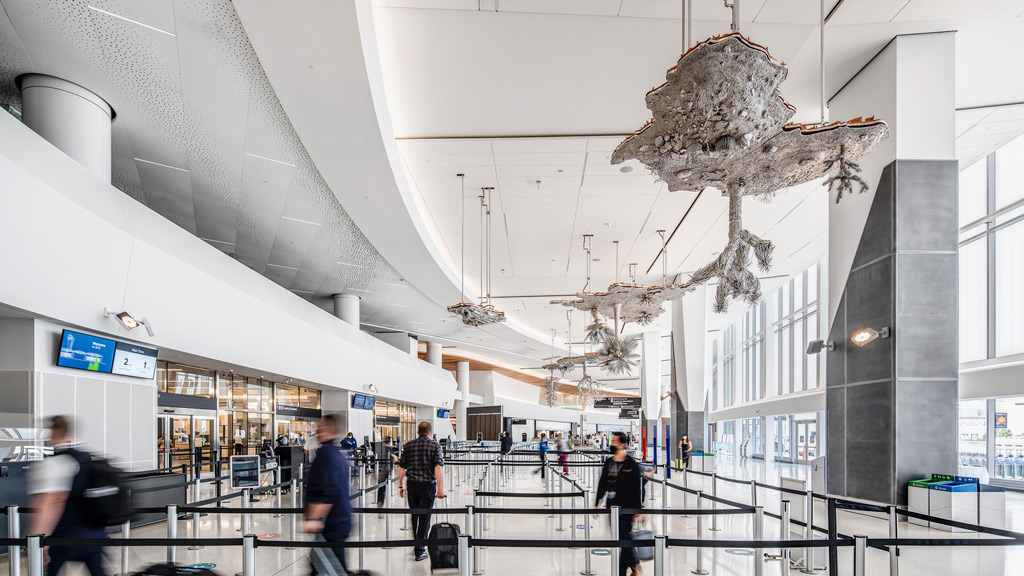
Airports Can’t Stop. Here’s How to Keep them Functional During Construction.
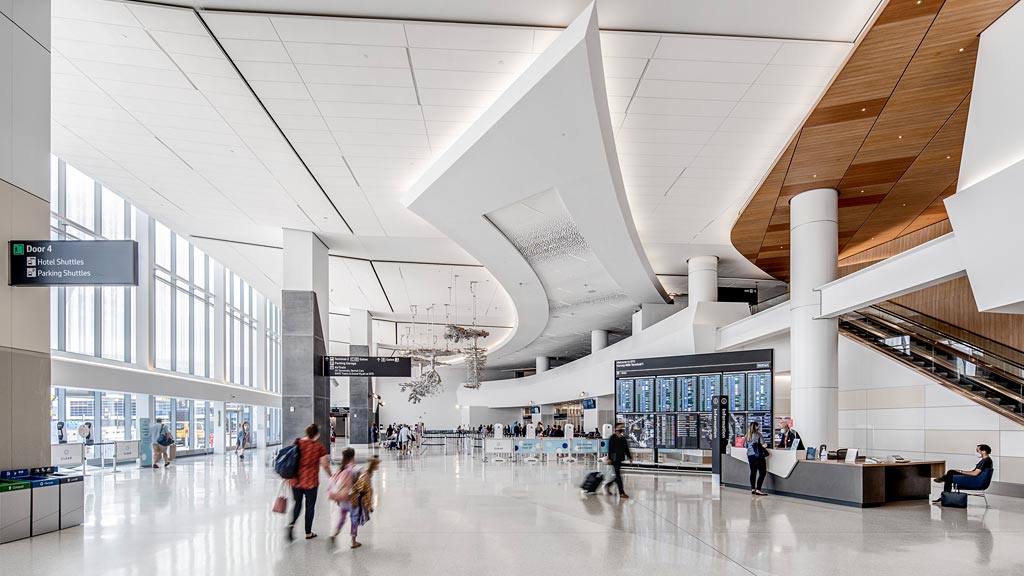
Harvey B. Milk Terminal 1 Renovation
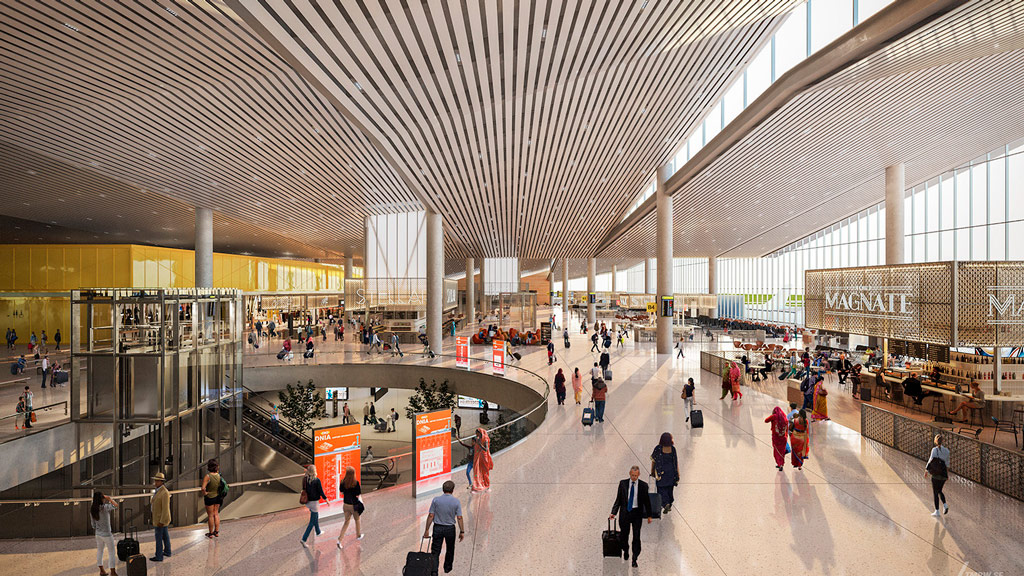
The Airport of Choice
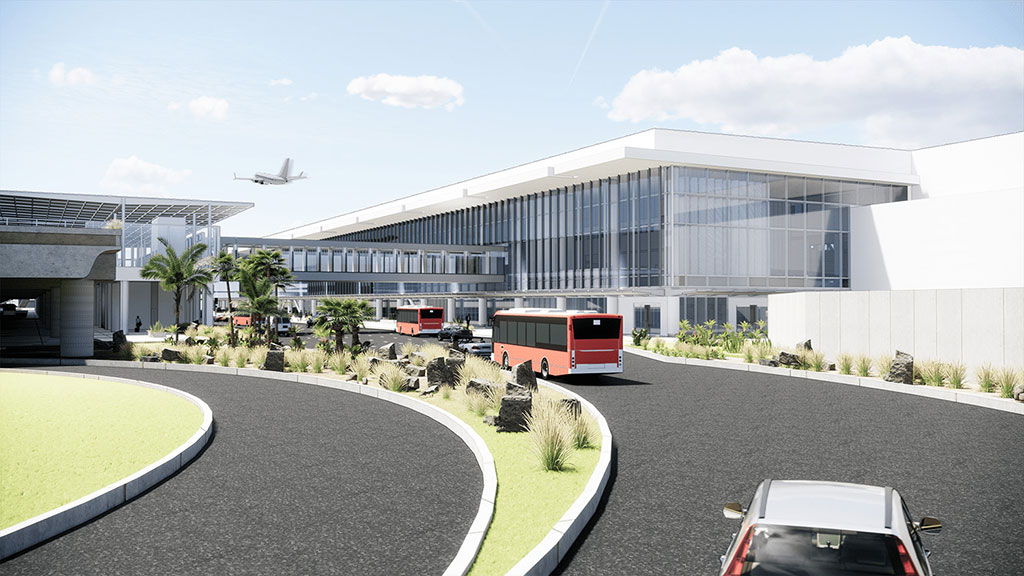
How the Bipartisan Infrastructure Law’s FAA Airport Terminals Program Will Impact U.S. Airports
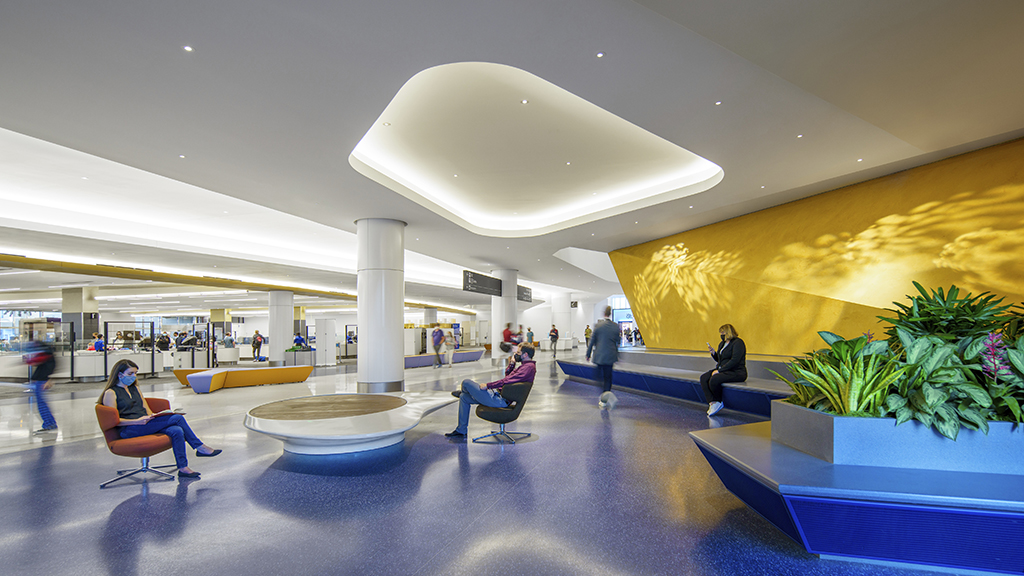
What Workplace Can Learn From Airports
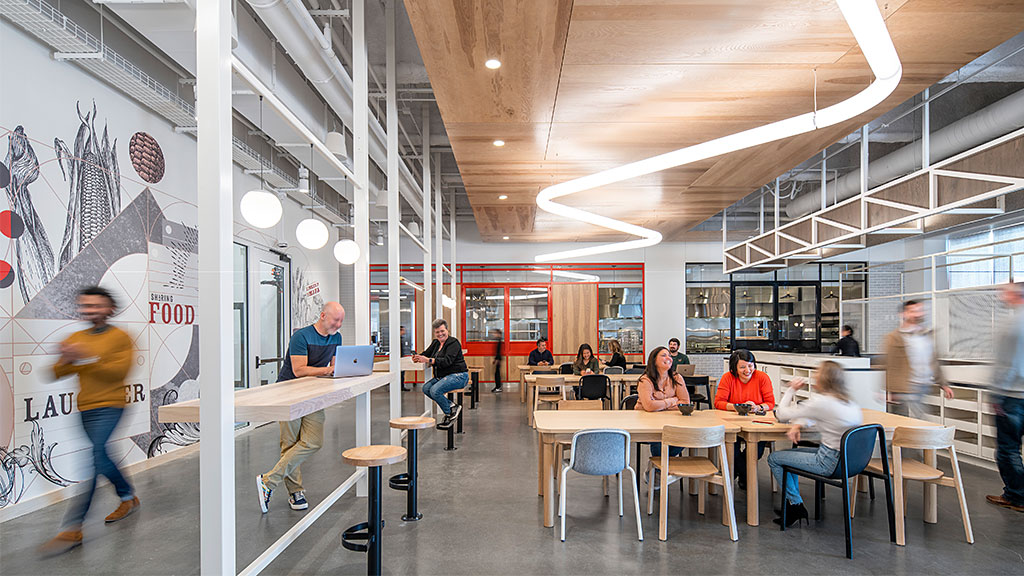
The Experimental, Experiential Office: What Workplace Can Learn from Retail, Education, and Airports
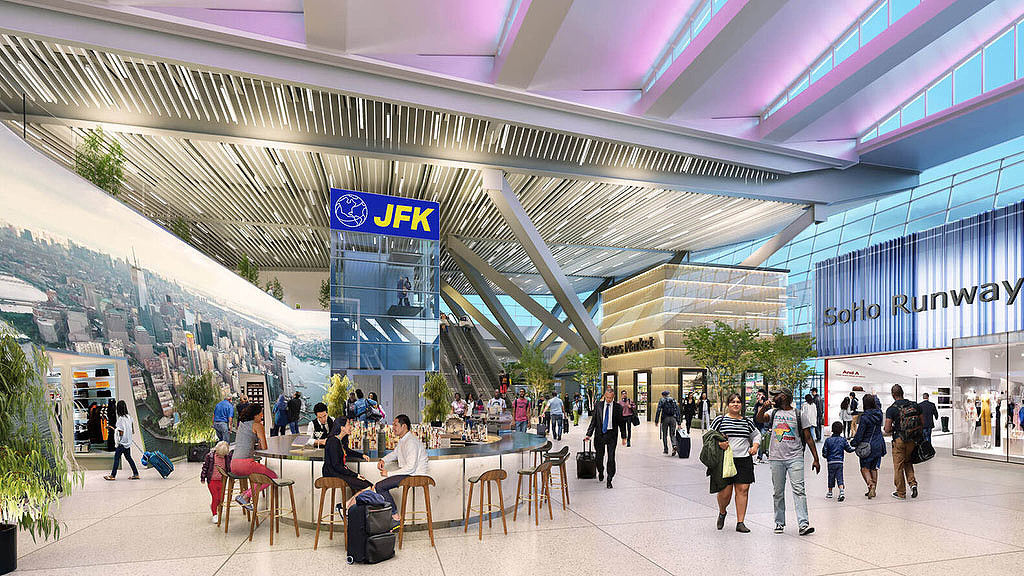
Built to Last: Improving Our Airports With the Bipartisan Infrastructure Law
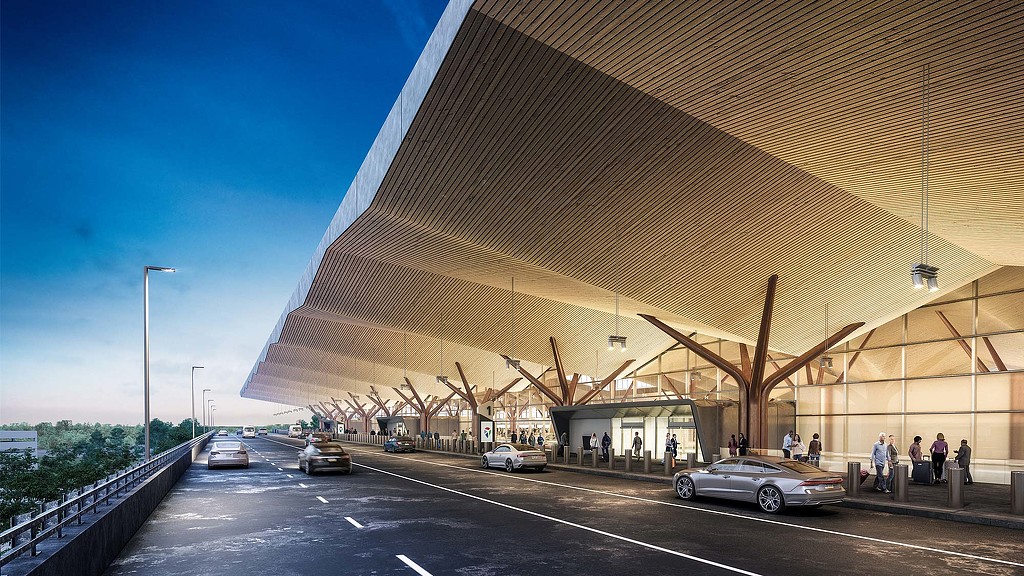
Designing an Equitable and Connected Airport Experience for Every Traveler
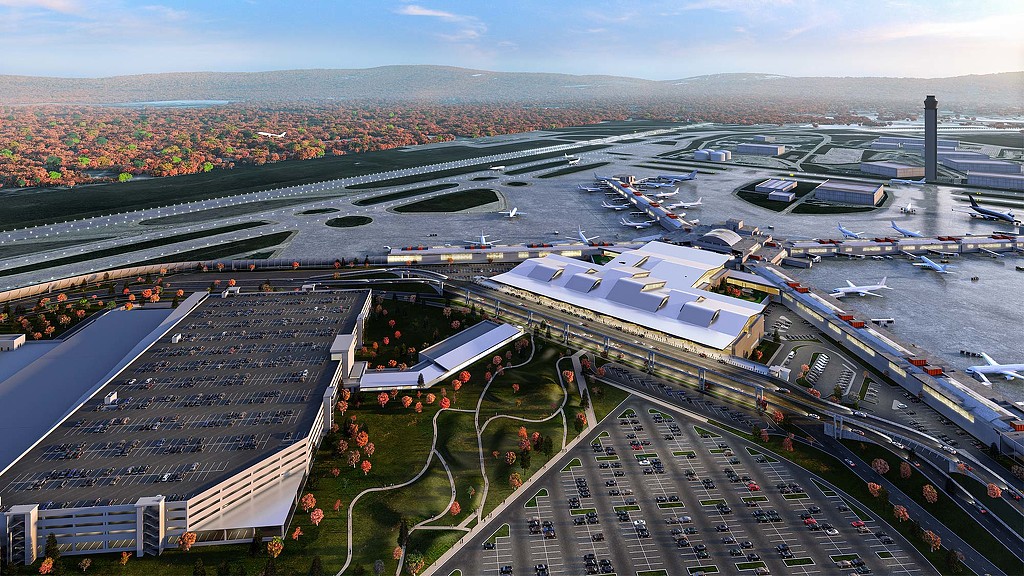
Delivering the Future at Pittsburgh International Airport
Airports are looking to become fully electric to mitigate their environmental impact.
As airports look for ways to reduce the use of fossil fuels, they can focus on minimizing their carbon impact by electrifying their operations. Complete electrification requires airports to work with tenants — particularly food vendors — to help them transition to electric options.
Airport design will leverage local communities to become more diverse.
The gradual but progressive awakening of diversity strategies in the airport industry moves beyond meeting hiring quotas toward a robust community-centered recruitment approach. Airport design and construction can leverage mentorship protégé programs and internships to support the community that surrounds the airport to develop and learn new skill sets, in turn creating spaces that are more inclusive and diverse.
Prefab and modular design are on the cusp of becoming mainstream in airport design.
Borrowing techniques from industries such as hospitality and residential, airports can use prefabrication to construct standard components in airports such as retail space, lounge areas, and bathroom facilities. Modular design techniques improve efficiency and quality control while reducing costs and carbon emissions.


Tim Hudson

Tim Sullivan

Ty Osbaugh
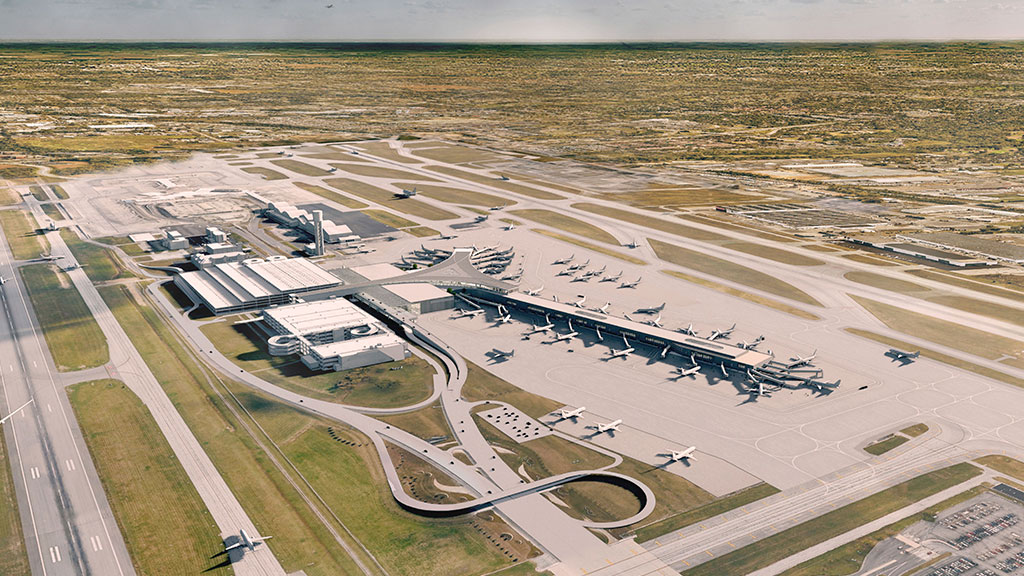
The Vision for a New Terminal at John Glenn Columbus International Airport in Ohio
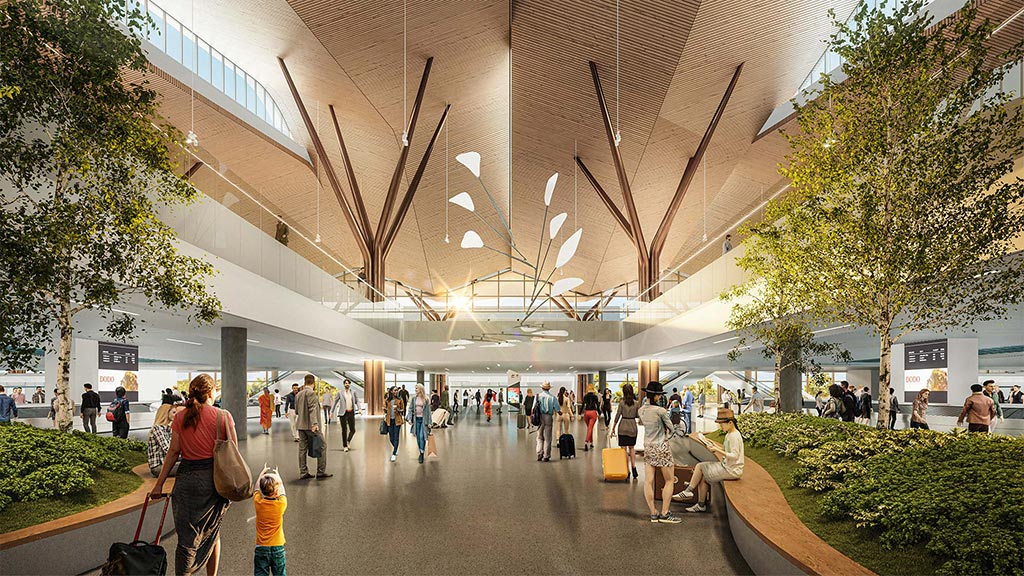
The Wall Street Journal Explored the Airport Terminal Design Trend of Creating More Open-Air Spaces
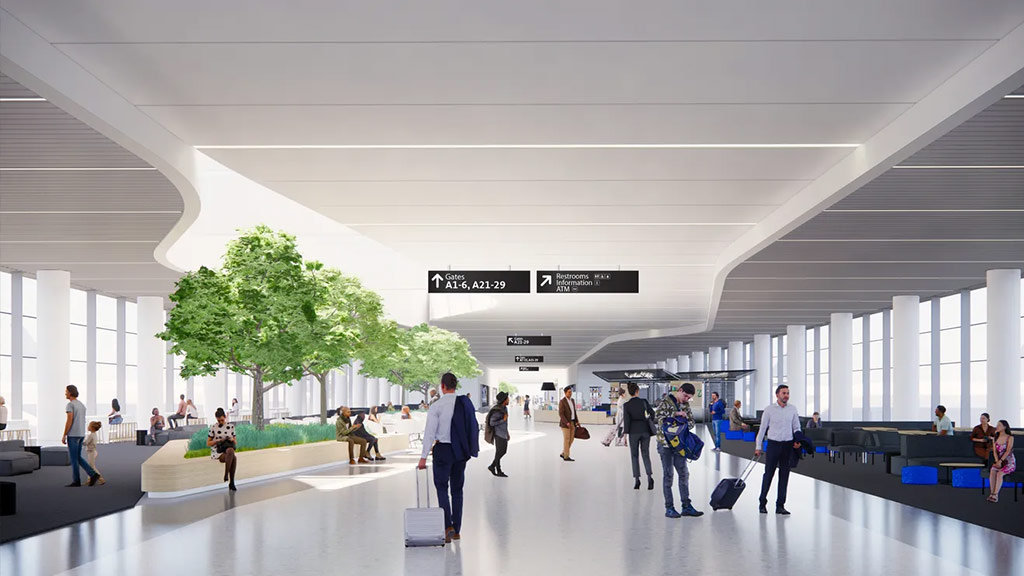
The New John Glenn Columbus Airport Terminal Will Offer Travelers a Modern “Front-Door Experience”
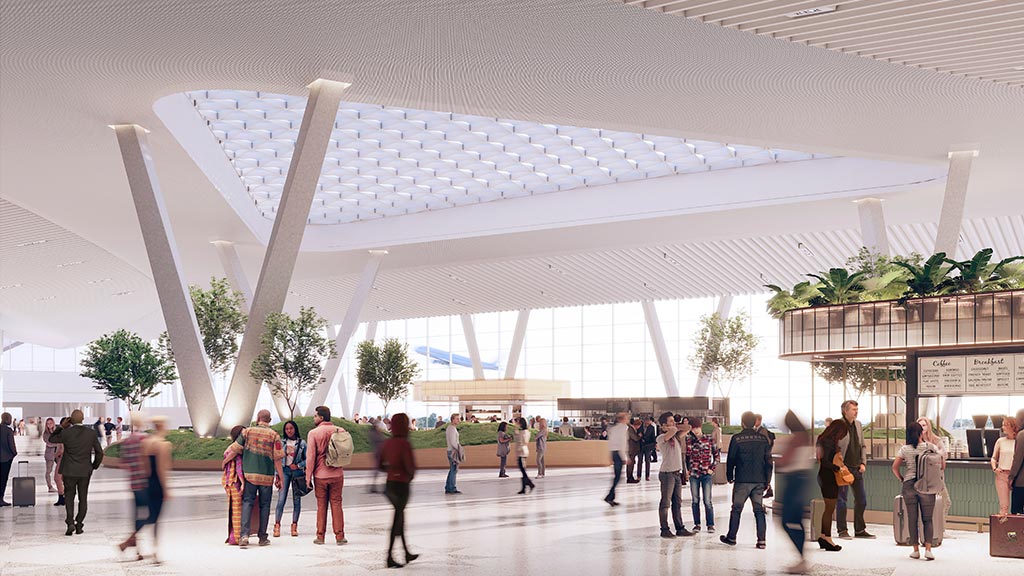
First Look: A Modern $2 Billion Terminal Is Coming to John Glenn Columbus International Airport
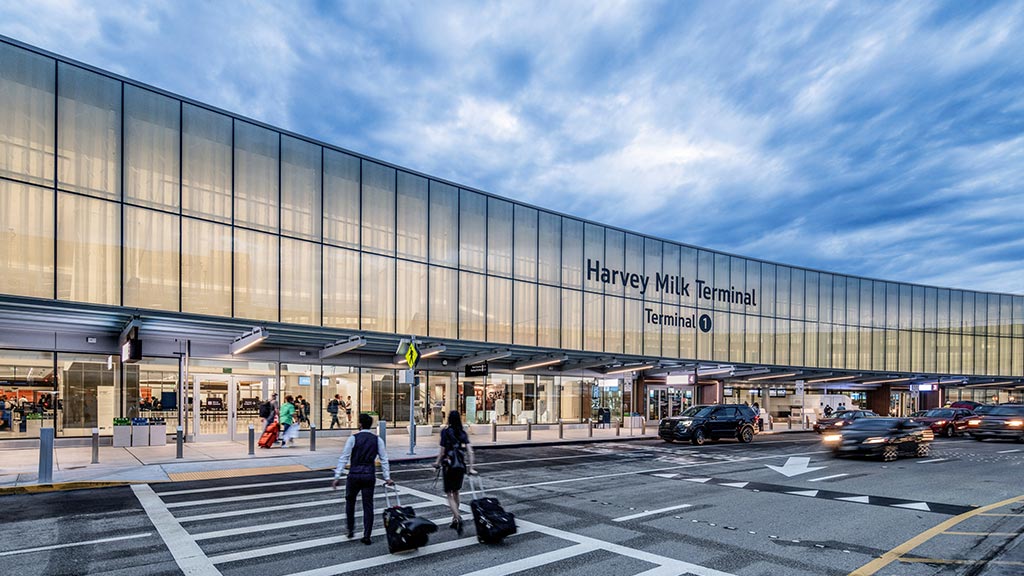
25 Tips for Having a Great Experience at San Francisco International Airport
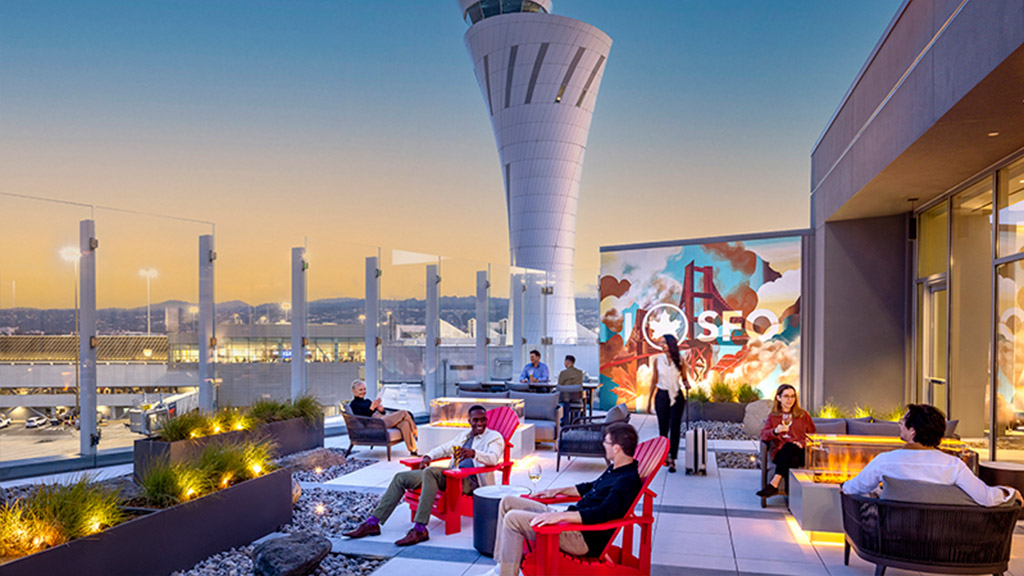
Air Canada’s Maple Leaf Lounge Opens at San Francisco International Airport
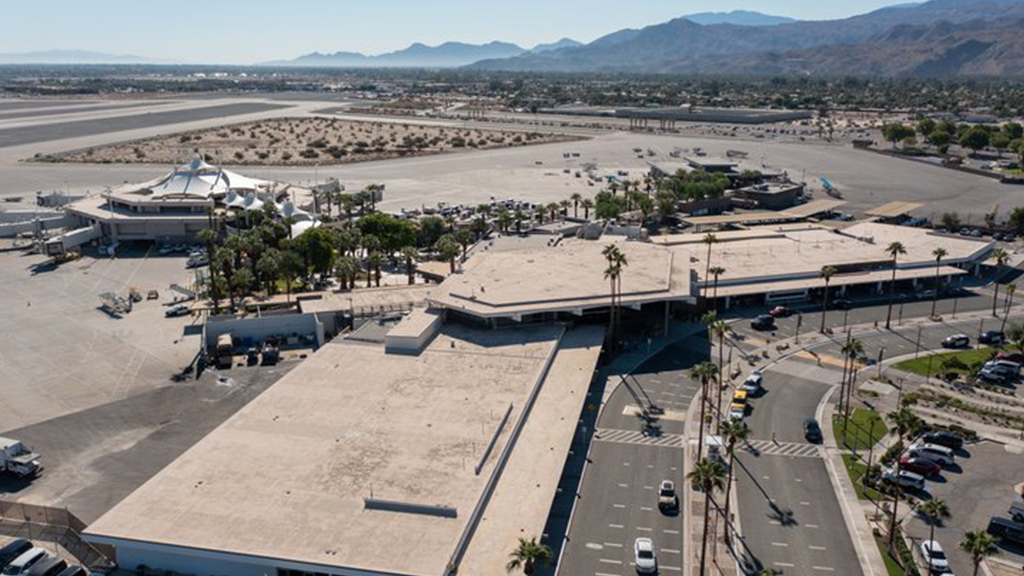
Palm Springs Is Launching a Master Plan, Designed by Gensler, To Preserve Palm Springs International Airport
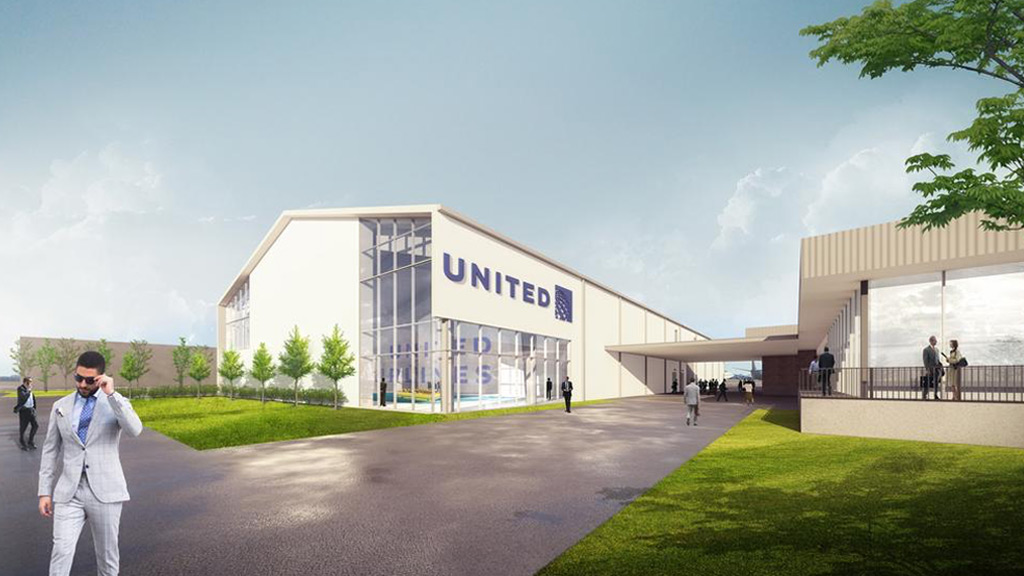
The $32 Million United Inflight Training Center, Designed by Gensler, Opens at Bush Intercontinental Airport
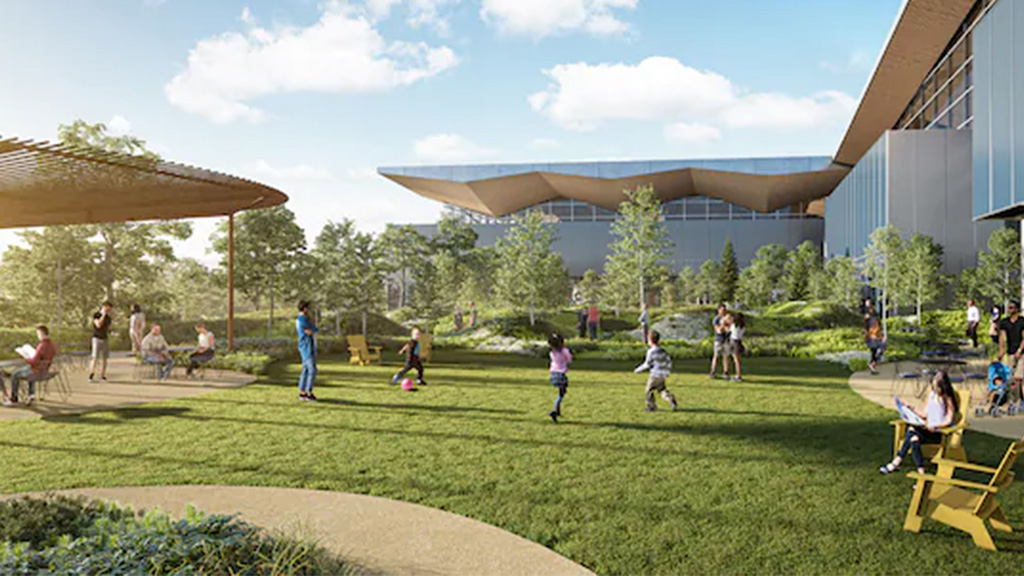
A Wave of Airport Modernization Projects in the U.S. Aim to Woo Travelers

British Airways and American Airlines Unveil Their New JFK Terminal 8 Experience
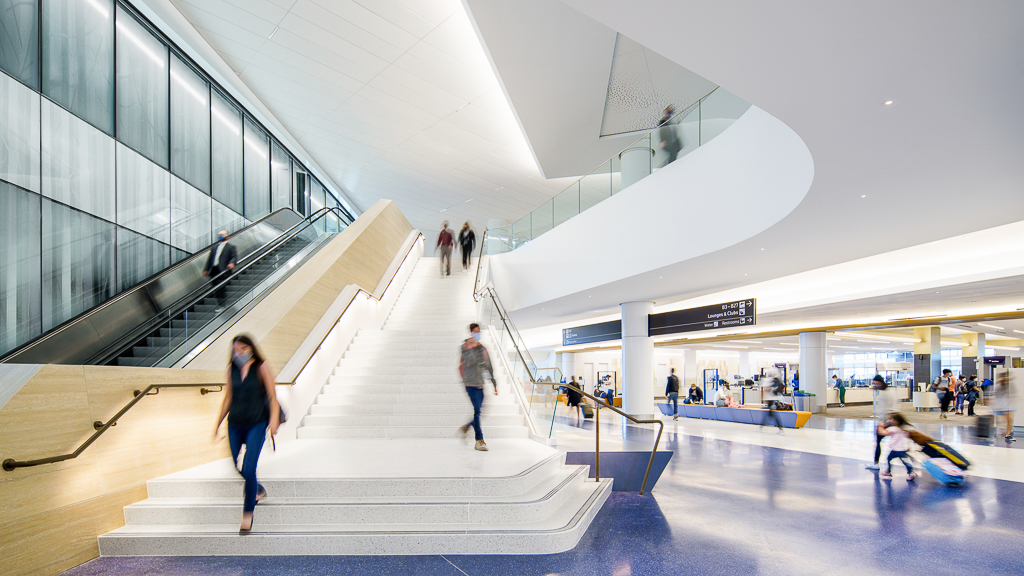
The Wall Street Journal Ranked San Francisco International Airport as the Best Large Airport of 2022
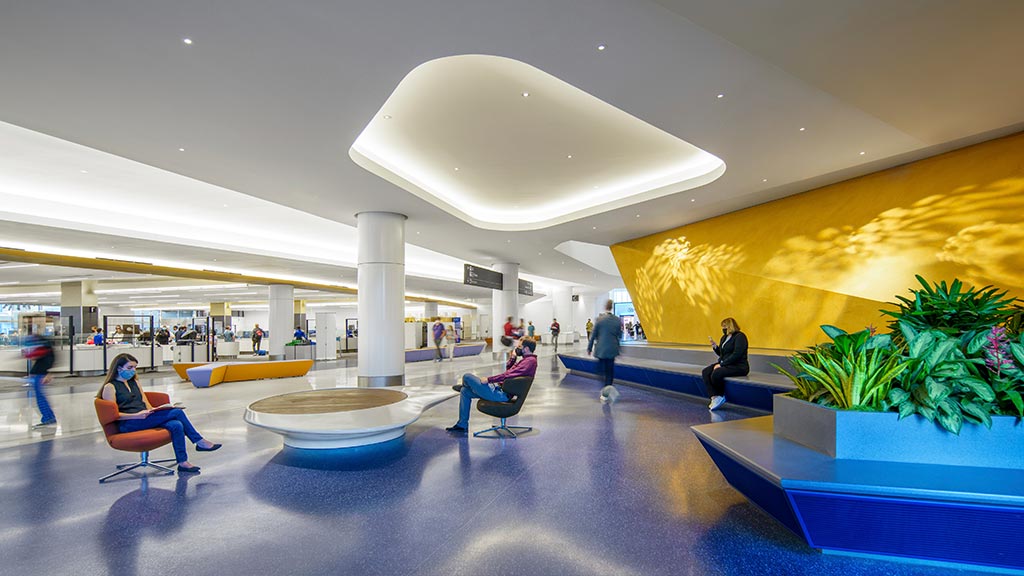
Gensler Is the #1 Firm on Building Design+Construction’s Top 55 Airport Terminal Architecture + AE Firms

SFO’s Harvey Milk Terminal 1 Becomes the First Airport Terminal in the World to Achieve Full WELL Certification

The Wall Street Journal Explores the Perks of the World’s Best Airport Lounges
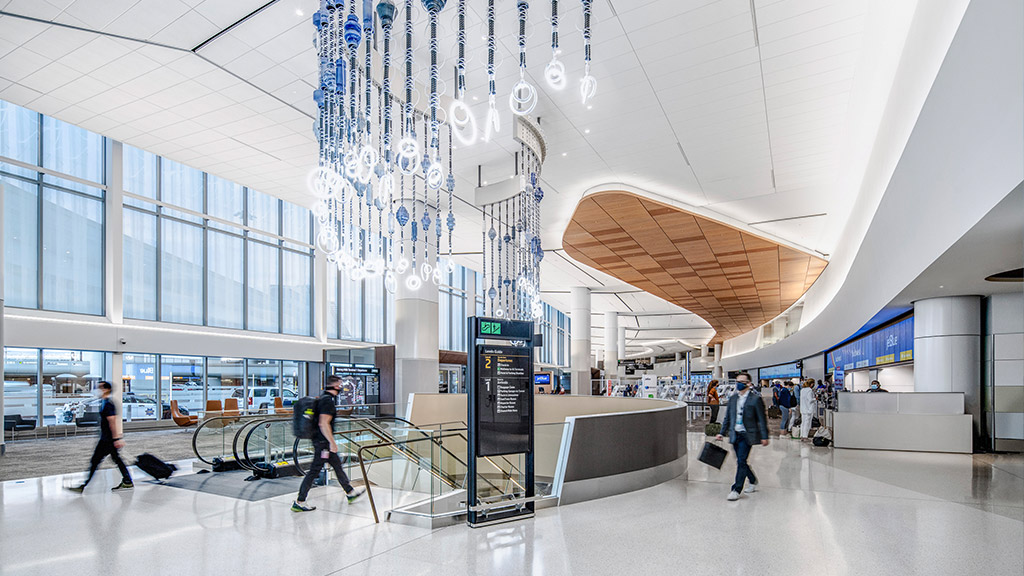
Harvey Milk Terminal 1 Is the Winner of AIA California’s 2022 Climate Action Award
